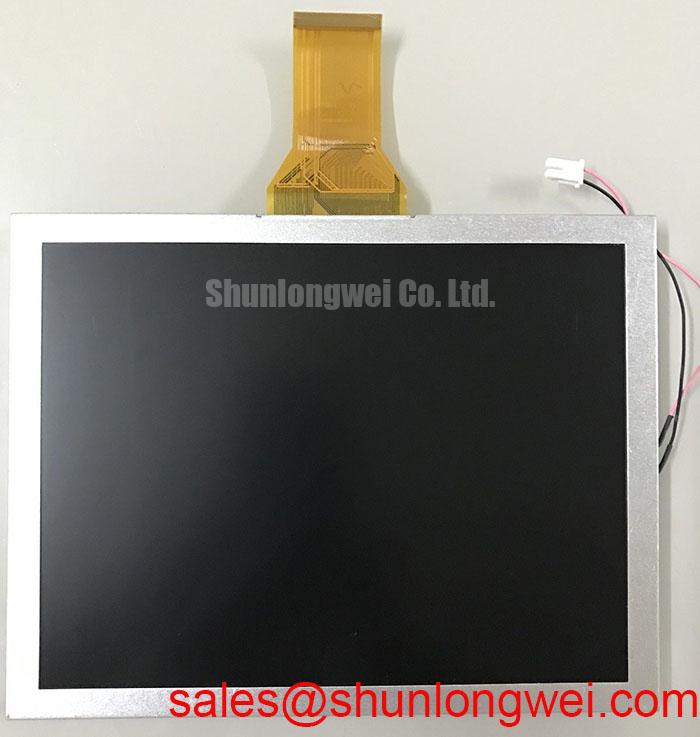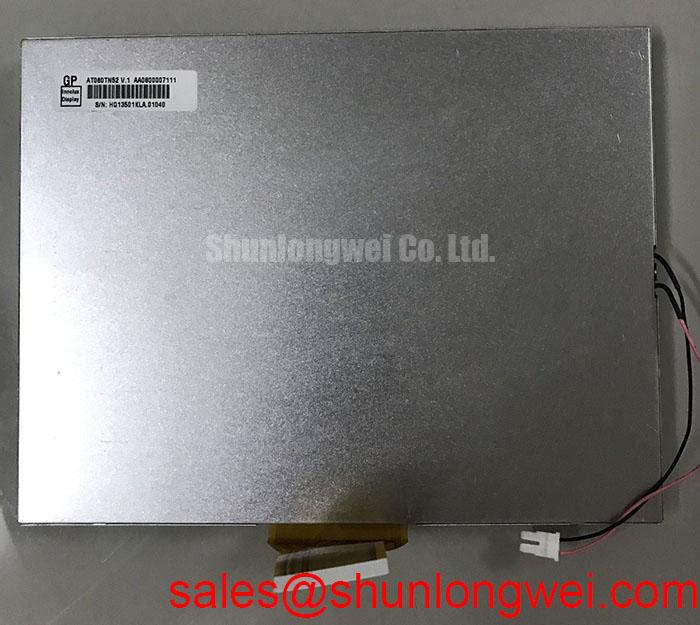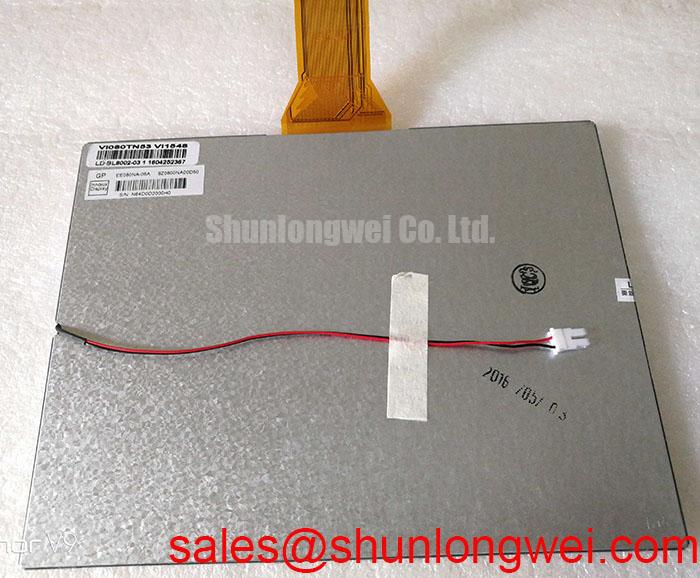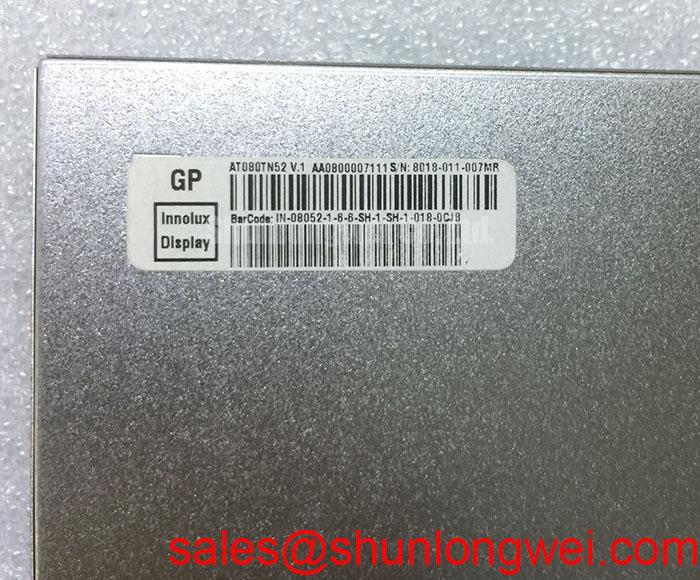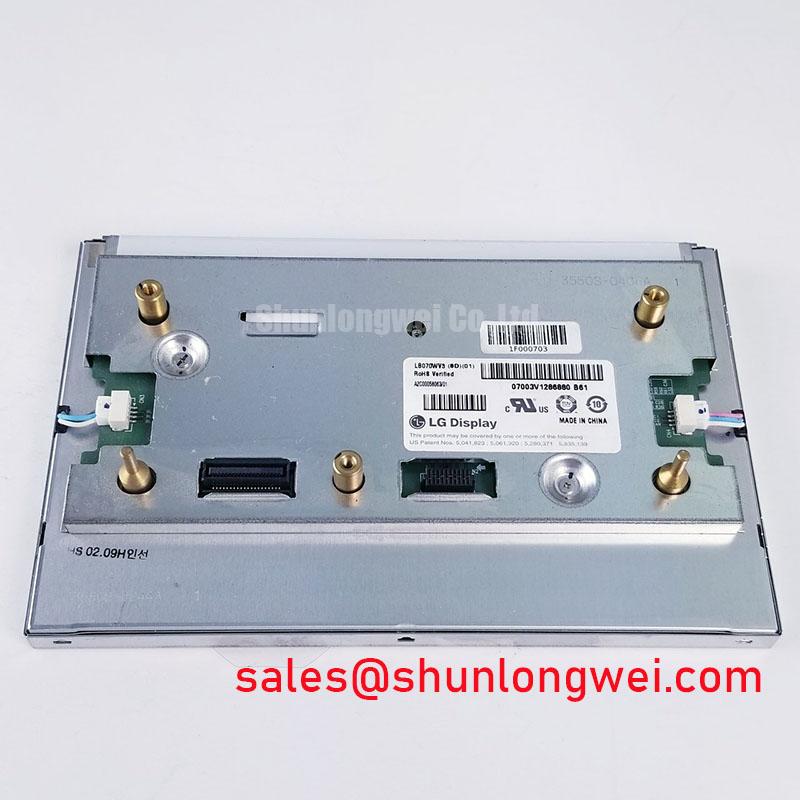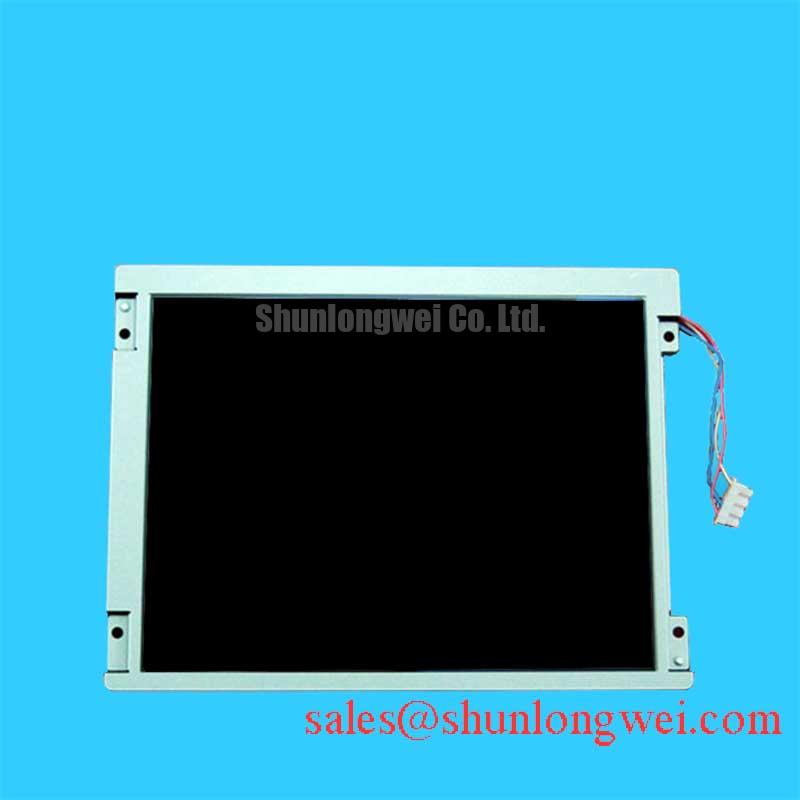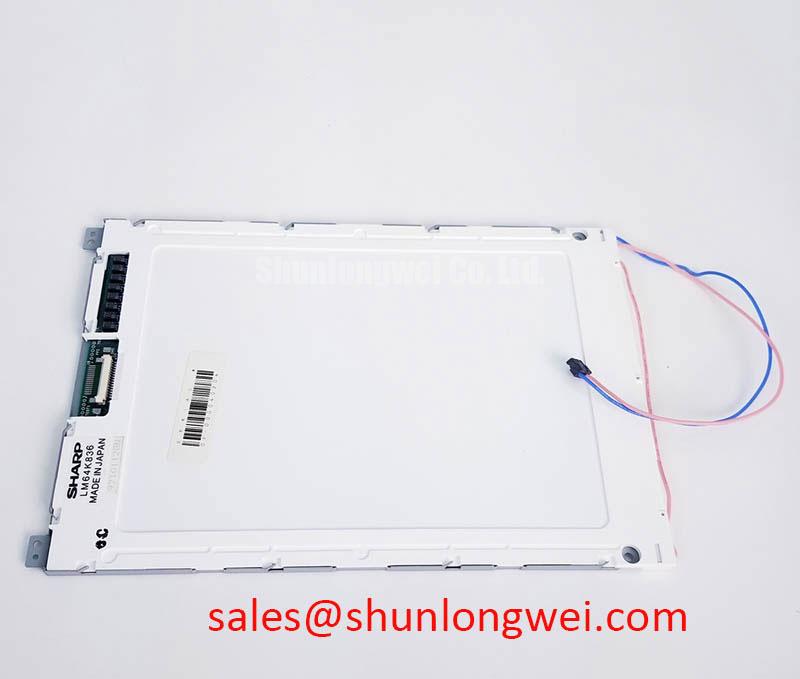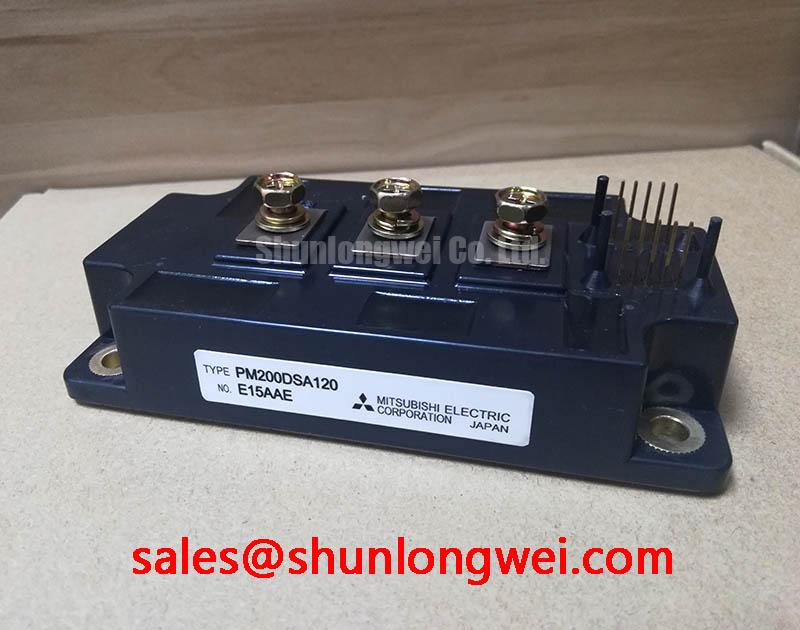Innolux AT080TN52 V.1: An 8.0-inch TFT-LCD Engineered for Industrial Reliability and Performance
Content last revised on October 12, 2025.
Delivering Proven Performance for Demanding HMI Applications
The Innolux AT080TN52 V.1 is an 8.0-inch a-Si TFT-LCD module designed to deliver consistent visual performance and robust operational reliability for a wide range of industrial and commercial applications. Engineered by Innolux, this display provides a stable and proven platform for human-machine interfaces (HMIs), control panels, and embedded systems where clarity, durability, and a compact form factor are critical design parameters. Its combination of a standard industrial resolution, wide operating temperature range, and reliable WLED backlight system makes it a pragmatic choice for system integrators seeking a balance of performance and long-term value.
Application Scenarios & Value
System-Level Benefits in Industrial Control and Instrumentation
The AT080TN52 V.1 is ideally suited for deployment in environments where consistent, reliable display performance is paramount. Its 800x600 SVGA resolution and 4:3 aspect ratio provide a familiar and effective layout for displaying critical process data, control menus, and status indicators in industrial automation, medical devices, and point-of-sale terminals. For engineers designing a control panel for factory floor machinery, the key challenge is ensuring readability and operational integrity across fluctuating environmental conditions. The AT080TN52 V.1 directly addresses this with its wide operating temperature range of -20°C to 70°C, ensuring stable performance from cold start-ups to high-temperature processing environments. This specified thermal resilience minimizes the need for complex external heating or cooling systems, simplifying mechanical design and reducing the total cost of ownership. What is the primary benefit of its wide operating temperature range? It ensures functional reliability in harsh industrial settings without additional thermal hardware. The display's standard Parallel RGB interface further simplifies integration with a broad ecosystem of single-board computers and embedded controllers common in these sectors.
While the AT080TN52 V.1 offers a robust solution, for applications requiring higher pixel density for more complex graphical user interfaces, a related model like the AT080TN64 could be considered for its higher resolution capabilities.
Key Parameter Overview
Decoding the Specs for System Integration
The technical specifications of the Innolux AT080TN52 V.1 reflect a design focused on providing a dependable and easily integrated display solution for mainstream industrial applications. The following parameters are central to its performance profile.
| Parameter | Specification | Engineering Value |
|---|---|---|
| Display Size | 8.0 inch | Provides a compact yet sufficient viewing area for detailed HMI applications without consuming excessive panel space. |
| Resolution | 800(RGB) x 600 [SVGA] | Offers a standard, power-efficient resolution ideal for clear presentation of control data and graphical elements. |
| Brightness | 250 cd/m² (Typ.) | Delivers adequate brightness for typical indoor industrial and commercial environments. |
| Viewing Angle | 70/70/50/70 (Typ.)(CR≥10) | Ensures acceptable readability from various operator positions, critical for fixed-mount control panels. |
| Operating Temperature | -20°C to 70°C | Guarantees reliable operation in a wide range of industrial settings, reducing the risk of environmentally induced failures. |
| Backlight System | WLED, 20K Hours (Min.) | Provides a long-lifespan, energy-efficient light source, contributing to lower maintenance and higher system uptime. |
| Interface | Parallel RGB (1 ch, 6/8-bit) | Ensures broad compatibility with a vast array of industrial motherboards and controllers, simplifying the design-in process. |
Download the AT080TN52 V.1 datasheet for detailed specifications and performance curves.
Technical Deep Dive
Understanding the Impact of Backlight Longevity and Interface Simplicity
A critical, yet often overlooked, specification for industrial displays is the backlight's operational lifespan. The AT080TN52 V.1 specifies a minimum of 20,000 hours for its WLED backlight system. To put this into perspective, for a system operating 24/7, this translates to over 2.2 years of continuous illumination before reaching half-brightness. In a more typical 8-hour, 5-day work week, this lifespan extends significantly, exceeding 9 years. This long-life characteristic is a crucial factor in calculating the Mean Time Between Failures (MTBF) of the entire HMI system. For an OEM, this means reduced field service calls, lower warranty costs, and a more reliable end product. The choice of a Parallel RGB interface is also a deliberate engineering decision favoring robustness and simplicity. Unlike more complex, serialized interfaces, the parallel bus is less susceptible to EMI in noisy industrial environments and is straightforward to debug during development, accelerating time-to-market for new product designs.
Frequently Asked Questions (FAQ)
What does the 'TN, Normally White' display mode signify for an application?
TN (Twisted Nematic) is a mature and cost-effective TFT-LCD technology known for its fast response times. "Normally White" means that in the absence of power, pixels are transparent, allowing the backlight to pass through. In a power-loss scenario, the screen will appear white, which can be a desirable state in certain safety-critical applications as it clearly indicates a non-operational display, preventing misinterpretation of a blank or black screen.
How does the specified operating temperature range of -20°C to 70°C impact system design?
This wide operating range is a key enabler for deploying the display in non-climate-controlled environments, such as factory floors, outdoor kiosks (with appropriate enclosure), or in-vehicle systems. It directly reduces system complexity and cost by often eliminating the need for dedicated heaters or cooling fans for the display module itself, simplifying thermal management and improving the overall reliability of the final product.
Is the 50-pin FPC Parallel RGB interface a standard connection?
Yes, the Parallel RGB interface using a 50-pin Flexible Printed Circuit (FPC) connector is a very common and well-documented standard for this class of display. This ensures that engineers have access to a wide variety of off-the-shelf controllers, driver boards, and cabling solutions, which significantly simplifies the hardware integration phase of a project and reduces development risk.
What is the significance of the 20,000-hour minimum backlight lifetime?
The 20,000-hour rating represents the minimum time until the WLED backlight's brightness degrades to 50% of its initial value. This is a critical metric for long-term reliability. For industrial equipment with an expected service life of 5-10 years, this ensures the display remains readable throughout the product's lifecycle, minimizing the need for costly mid-life replacements and enhancing the product's reputation for durability.
Engineering Perspective
From an engineering standpoint, the Innolux AT080TN52 V.1 is a workhorse component. Its value lies not in cutting-edge specifications but in its adherence to proven industrial standards. The design choices—from the robust operating temperature range to the straightforward parallel interface—prioritize reliability, ease of integration, and long-term performance consistency over headline features. This makes it a low-risk, high-value choice for embedded HMI systems where predictable behavior and operational uptime are the most critical engineering metrics.

